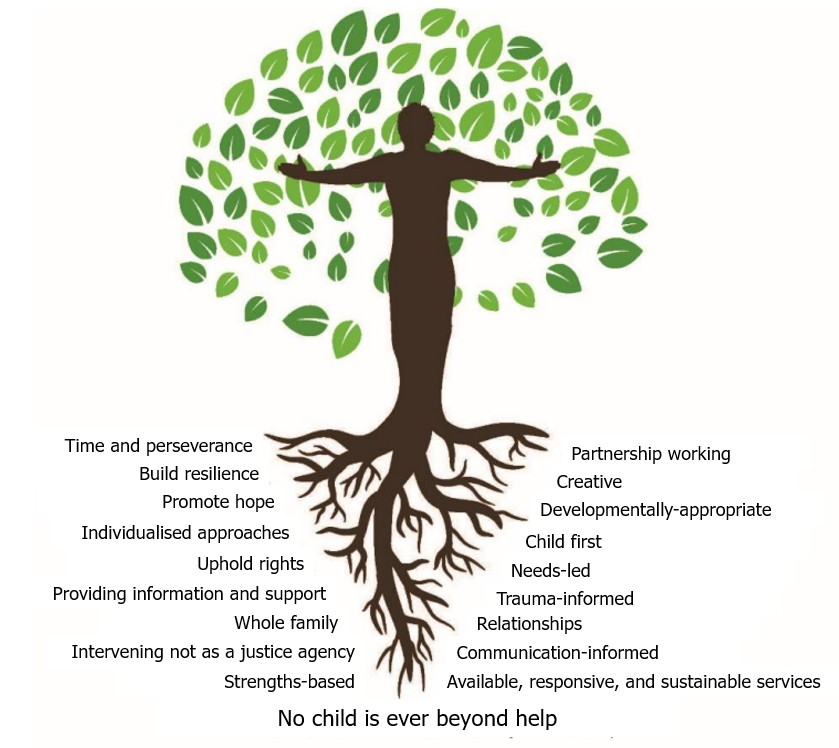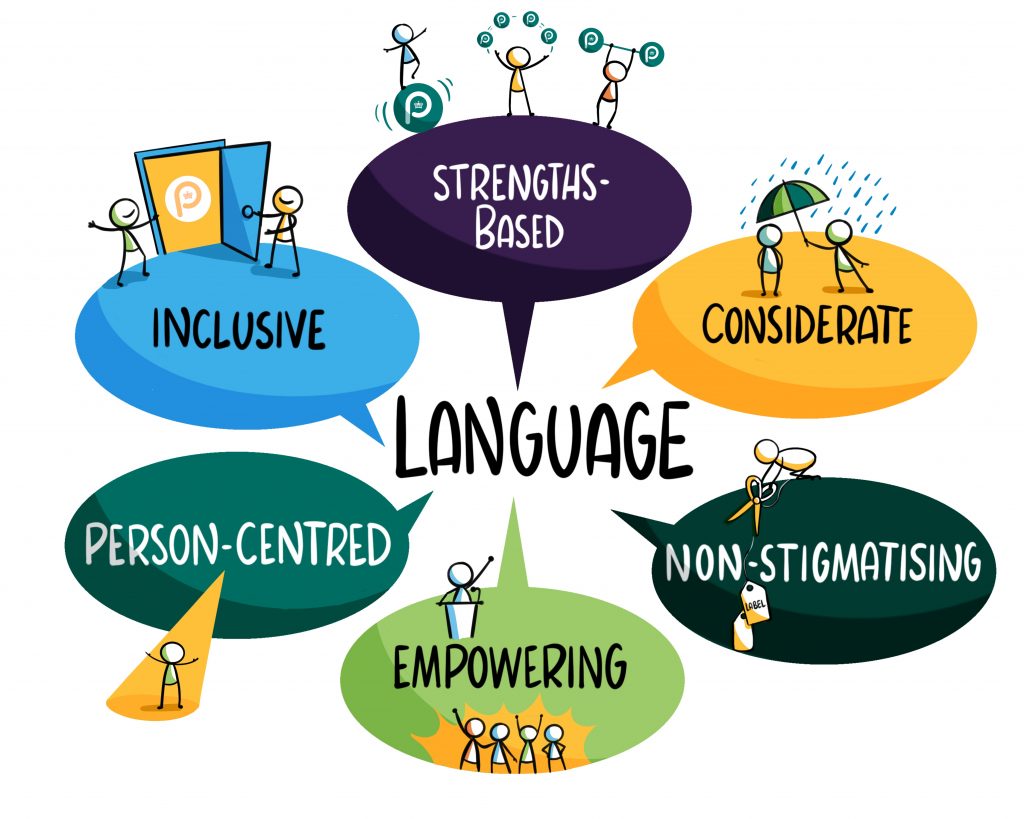General models and principles
Evidence-based practice for youth justice involves blending key findings and insights from a range of models, disciplines and types of research, as well as from across jurisdictions. Importantly, we should never expect to find all the evidence by looking too narrowly in one place. It is a complex picture and the most balanced view can be achieved through recognising the multiple dimensions and layers.
Looking across the literature, a number of factors consistently emerge as central to improving the life chances and outcomes of children involved in, or at risk of involvement in, offending behaviour. These include the following:
- the establishment of positive, secure, consistent and trusting relationships between practitioners and children
- collaboration with the child in establishing goals and finding solutions, building upon strengths as well as addressing needs wherever possible
- taking an individualised approach, recognising that children are not a homogenous group and that each child’s pattern of strengths and challenges will be different, shaped by differing combinations of characteristics, experiences and circumstances
- using approaches which are developmentally-appropriate and trauma-informed, and which build self-belief, self-worth, motivation, hope, resilience and a sense of purpose and ambition, with attention being paid to any practical obstacles to engagement and desistance
- applying approaches such as prosocial modelling, effective reinforcement and problem solving
- providing the right opportunities and support at the right time, meaning that a range of services and supports are available and are accessible, responsive, flexible and sustainable, with all service providers working together in partnership through a whole systems approach
- helping the child form bonds, connections and relationships which strengthen pro-social beliefs and behaviours, and also move from dependence on specialist services to universal services, interdependence and independence.
It is vital to avoid one-size-fits-all approaches. High-quality services are those which are engaging, relational, supportive, constructive, compassionate, non-stigmatising, child-centred, culturally responsive, intersectional, holistic and collaborative.

The research literature consistently demonstrates the importance of building connections and relationships. Using appropriate language is thus important in helping to ensure that positive relationships are not hindered and opportunities for positive development, reintegration and desistance are not lost.
Forde, L. (2021). ‘Welfare, Justice, and Diverse Models of Youth Justice: A Children’s Rights Analysis’, The International Journal of Children’s Rights, 29(4), pp. 920-945.
Kilkelly, U., Forde, L., Hurley, E., Lambert, S., Swirak, K., Kelleher, D. and Buckley, S. (2022). Ensuring the collaborative reform of youth justice in Ireland in line with international research and evidence-based approaches. Cork: University College Cork.
Youth Justice Improvement Board (2019). Improving the life chances of children who offend: A summary of common factors. Glasgow: Centre for Youth & Criminal Justice.
Next: Child friendly justice
Last updated: 10 March 2023




